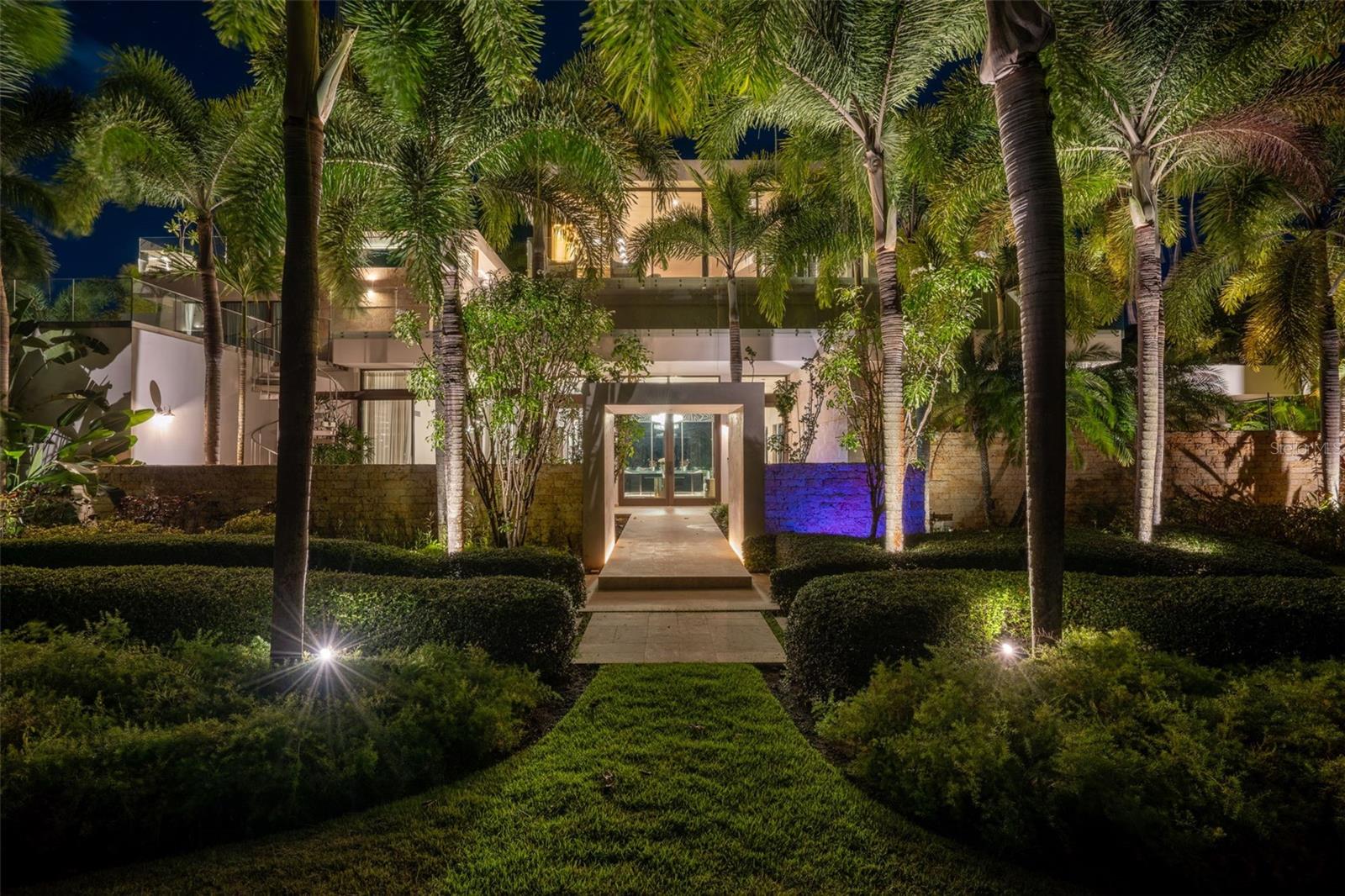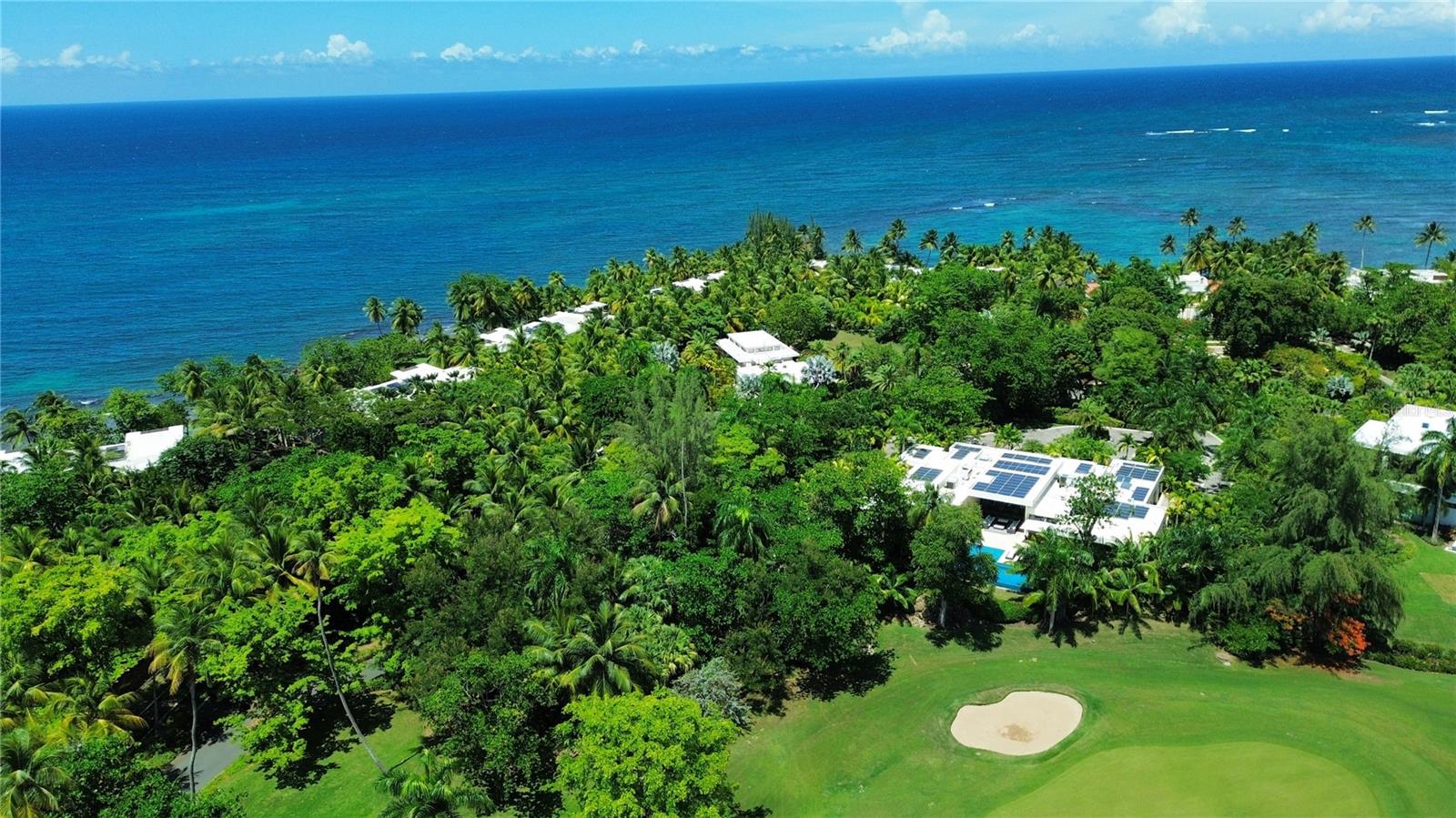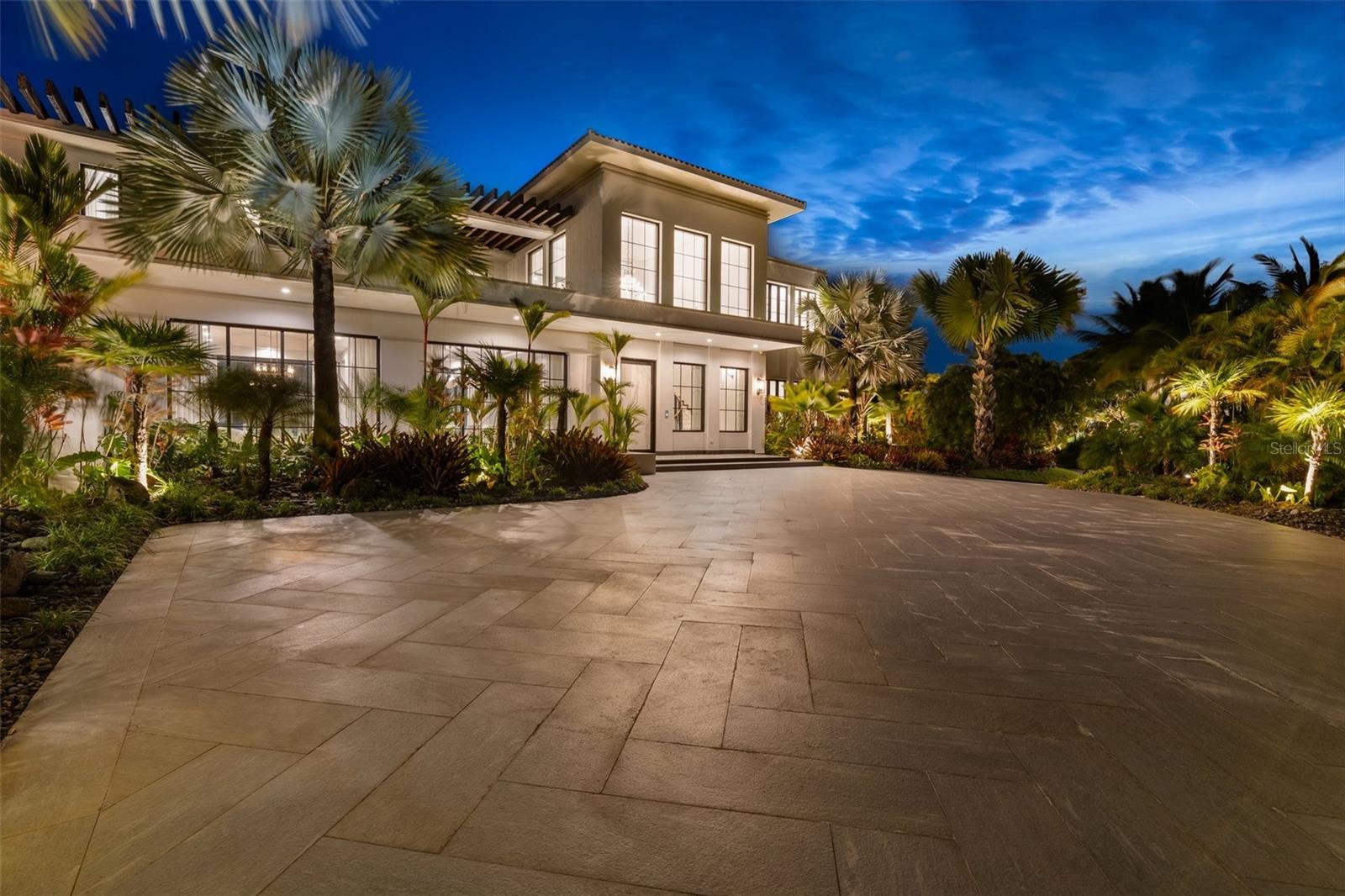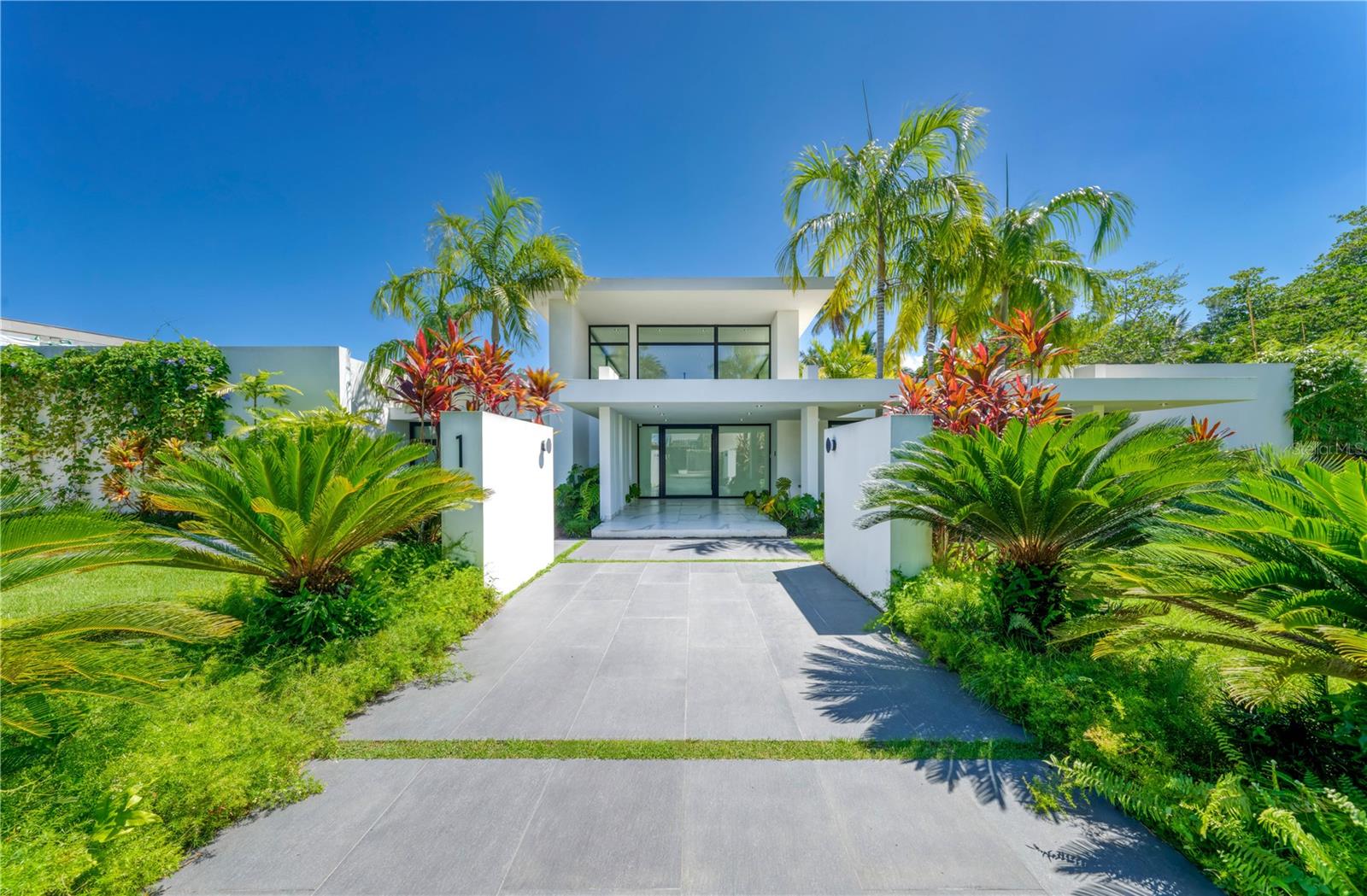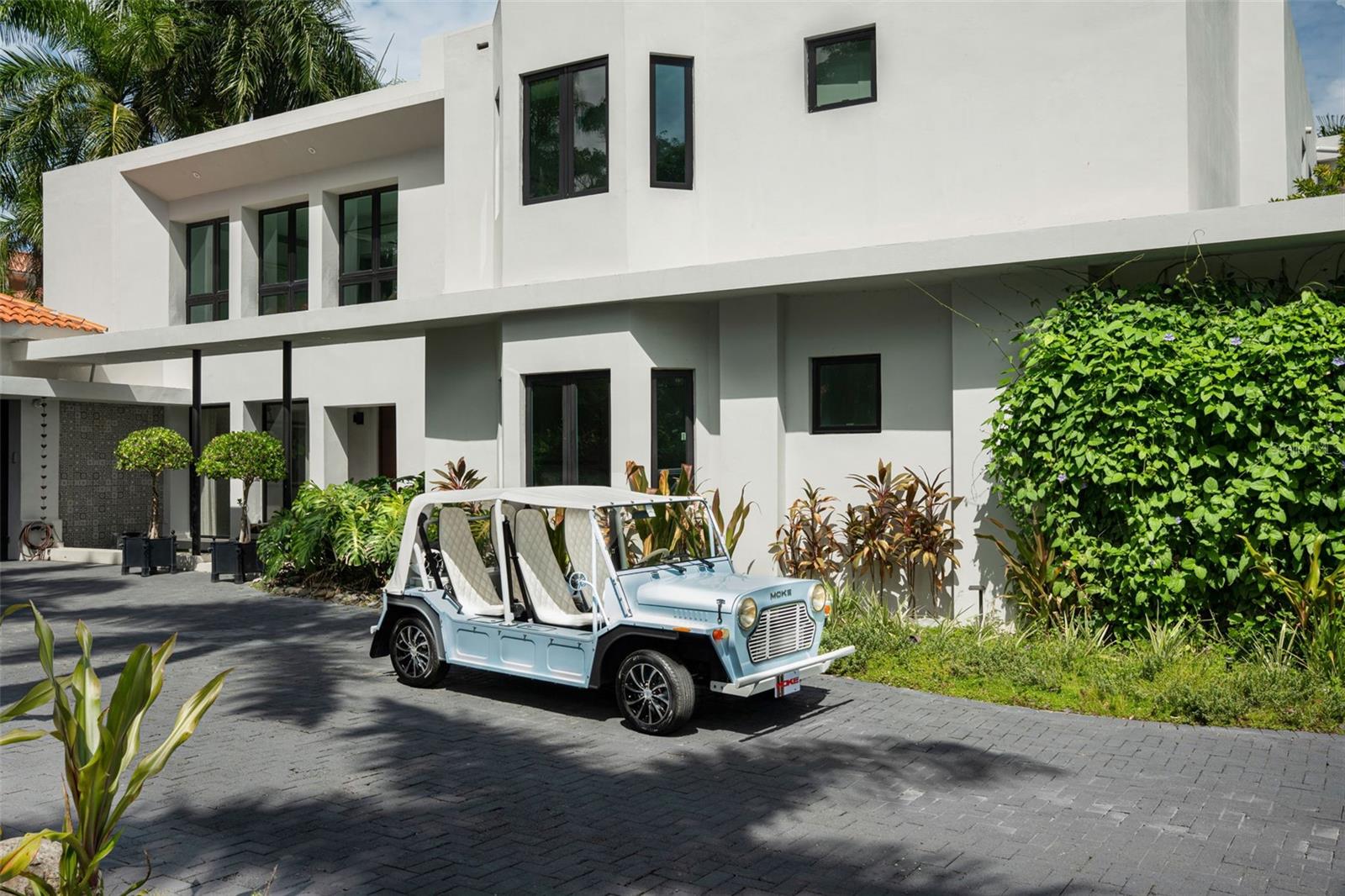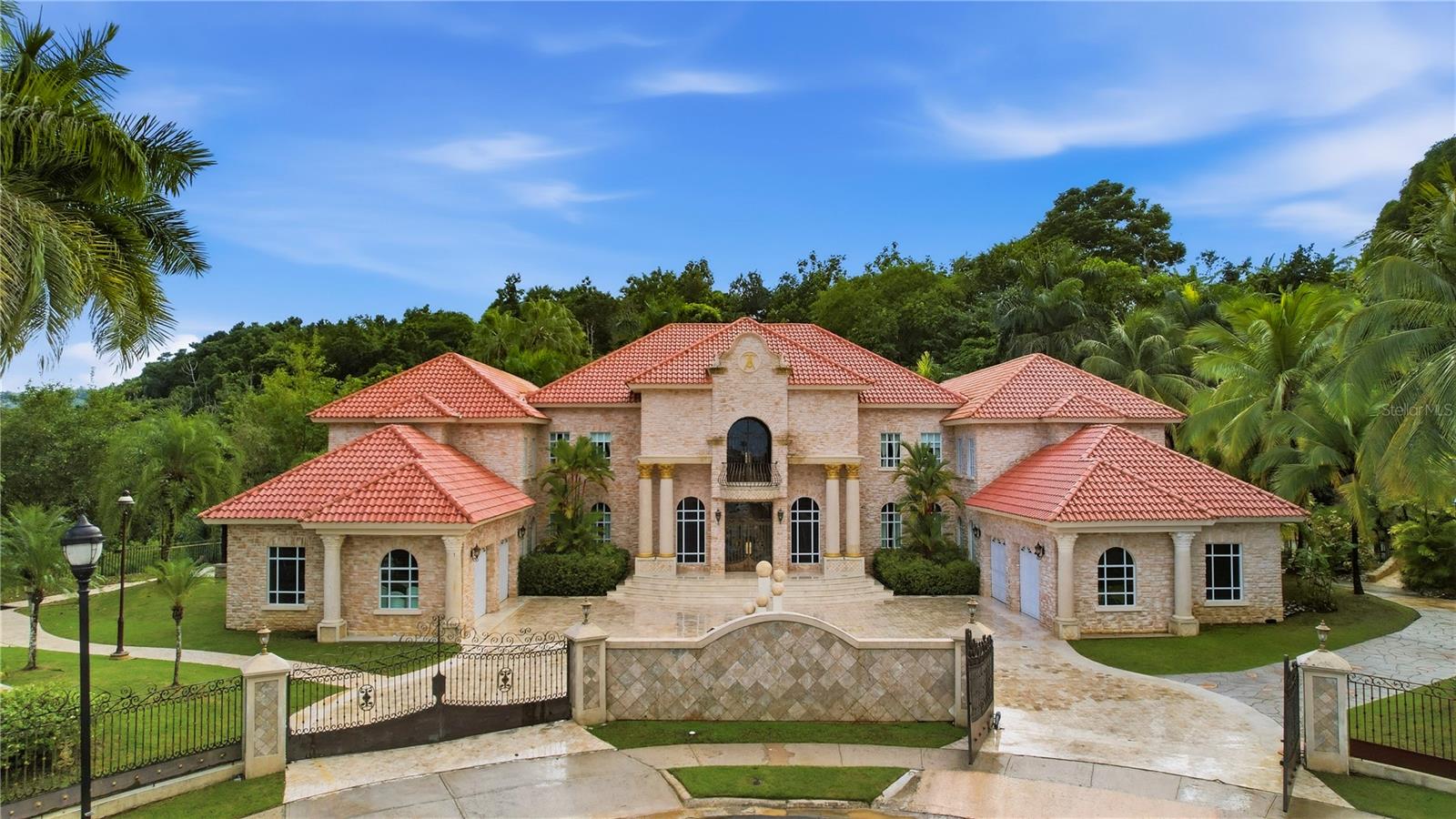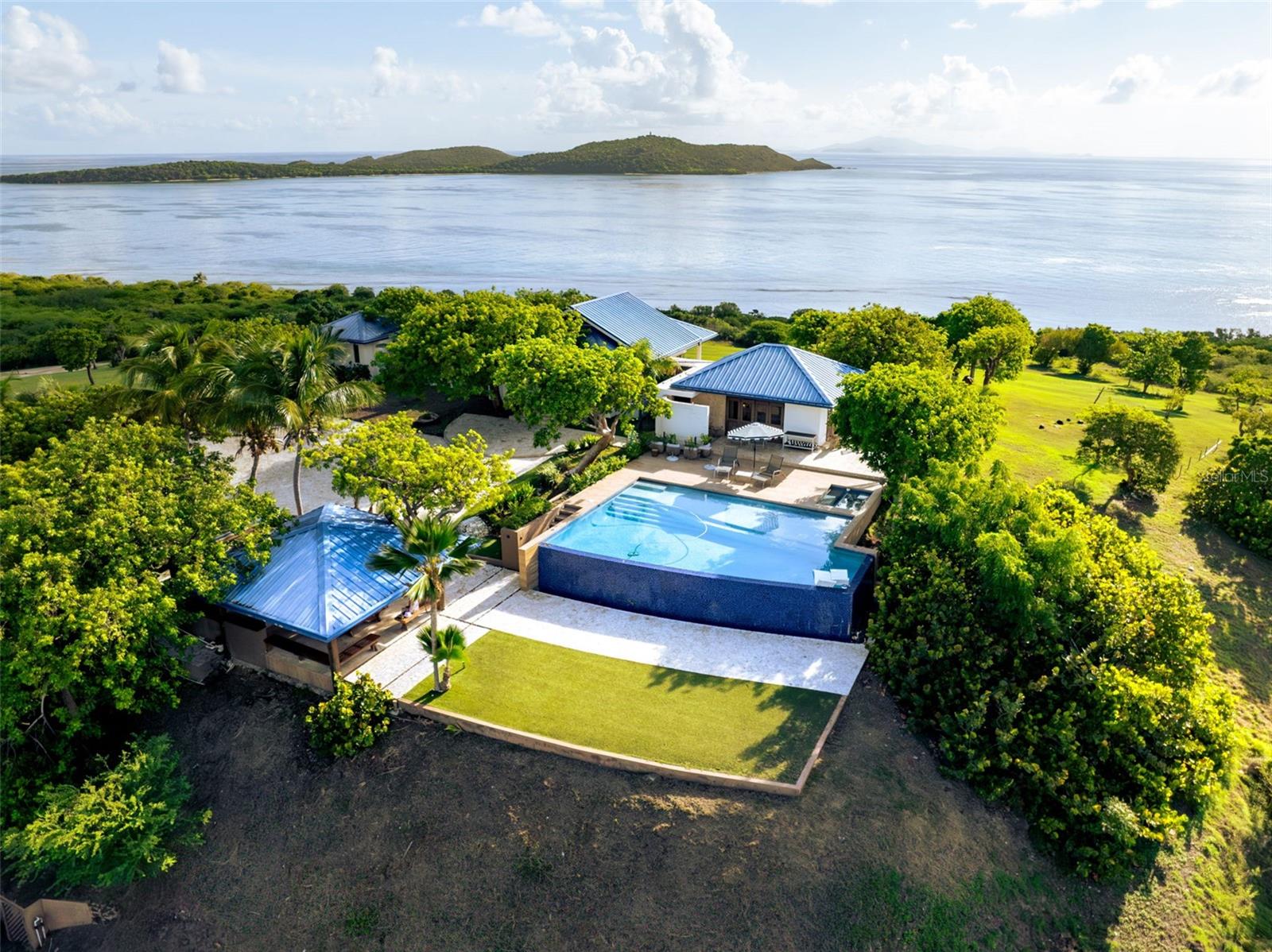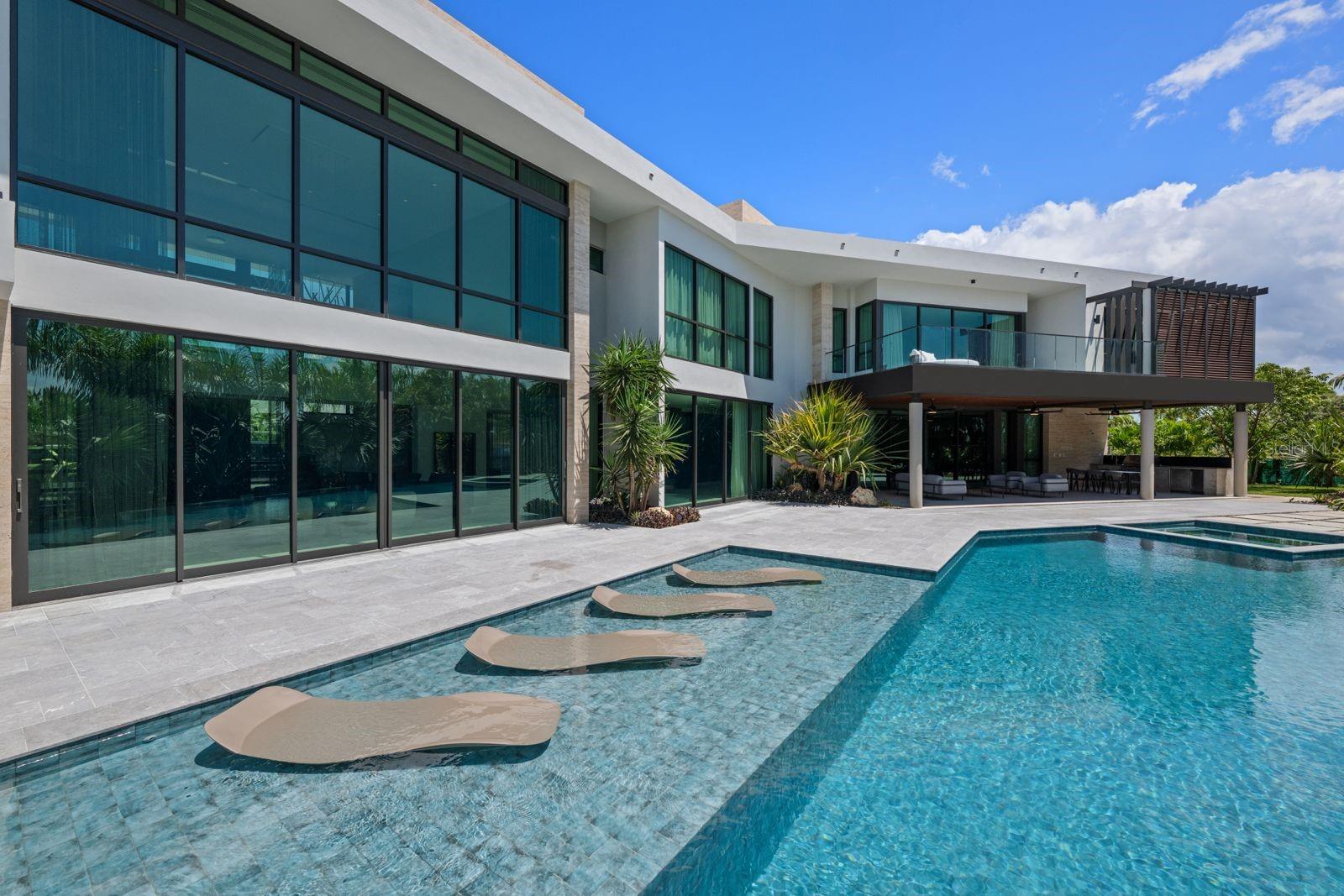Navigating Puerto Rico’s 2025 Housing Landscape
Puerto Rico’s housing sector in 2025 presents a compelling mix of surging property values, escalating construction costs, and growing interest from both local and stateside buyers. The overall real estate market could surpass US$346.11 billion by this year’s end, backed by a 3.01% compound annual growth rate that might push valuations to US$389.68 billion by 2029. Meanwhile, local metrics reveal a 71% spike in median sales prices, highlighting tight inventory and keen competition. Rising building expenses—averaging around US$300-500 sqft—and mid-6% mortgage rates shape both opportunities and hurdles for market participants.
Drawing on the beginning-of-year statistics and the latest findings from the January 2025 Stellar MLS Puerto Rico Market Report, this blog offers a data-focused exploration of current housing realities. Whether your objective is to buy,sell, or develop property, these insights and strategies can help you address cost constraints, navigate short supply, and capitalize on the island’s ongoing real estate momentum.
Market Value and Growth Projections
Overall Scale
Puerto Rico’s real estate sector sits at around US$346.11 billion in 2025, with residential transactions accounting for some US$265.54 billion. Moving forward, the market could see a 3.01% CAGR through 2029, potentially reaching US$389.68 billion. These figures mirror a broader trend of local and external buyers who value the island’s lifestyle, business incentives, and investment prospects.
- Demand Drivers: Factors attracting diverse buyers include the island’s climate, Act 60 advantages (Our Act-60 Guide), and robust short-term rental possibilities. As the segment matures, balancing rising prices against new inventory becomes crucial to avoid locking out local professionals or middle-income families seeking primary residences.
- Implications: If new supply fails to keep pace, Puerto Rico’s already-climbing median prices could intensify further, bolstering equity for current owners but raising barriers for entry-level and mid-range buyers. Developers able to reconcile construction overheads and prospective selling prices are well-positioned to reap rewards in this evolving market.
Key Metrics
The January 2025 Stellar MLS Puerto Rico Market Report lists: Browse MLS Home Search
- Active Listings: 1,289 (+12% YoY, 0% MoM)
- New Listings: 319 (+9% YoY, +12% MoM)
- Pending Sales: 208 (0% YoY, +18% MoM)
- Listings Sold: 146 (-4% YoY, -22% MoM)
- ADOM (Average Days on Market): 54 (-4% YoY, -25% MoM)
- Total Sales Volume: US$72.1M (+19% YoY, -38% MoM)
- Median Sales Price: US$275,000 (+71% YoY, +4% MoM)
- Months of Inventory (MOI): 9 (+13% YoY, +29% MoM)
Notable Observations
Median sales prices surged by 71% year-over-year, often due to higher-end deals and limited mid-priced listings. Despite a 38% drop in total volume from December, year-over-year growth of 19% suggests sustained interest. Active listings climbed by 12%, yet with 9 months of inventory, not every segment experiences equally brisk sales. Pending sales up by 18% month-over-month points to renewed momentum following holiday slowdowns.
Strategic Points
- Buyers: Securing mortgage pre-approval early can establish credibility in a competitive market. Buyers should also remain open to neighborhoods just outside prime tourist or luxury zones, as these areas often deliver strong long-term value without exorbitant price tags. Conducting thorough inspections on older or under-renovated properties can further allow for equity gains if strategic upgrades are made. What to Keep in Mind When Buying a Home in Puerto Rico
- Sellers: Those looking to sell can maximize returns by pricing accurately in line with recent comparable sales despite the elevated median prices reported in 2025. Minor but impactful improvements—like updating key fixtures, repainting, or improving landscaping—can boost a property’s appeal. Planning listings for peak buying seasons also leverages heavier foot traffic and can result in multiple offers or faster closings.
- Developers: Managing rising construction expenses and a limited supply of buildable land calls for flexible, phased project rollouts that reduce capital exposure to commodity price swings. Adopting mixed-use layouts may capture broader market interest—young professionals, remote workers, and retirees alike—while engaging local authorities on fee adjustments or infrastructure partnerships can help mitigate overhead and spur more balanced growth.
Housing Index Growth
Puerto Rico’s Housing Index reached 247.63 points in Q4 2024, a significant jump above its historical average of 165. This uptrend indicates robust home-value appreciation across the island, aligning with elevated price metrics from local MLS data. Housing Index growth typically correlates with strong investor confidence and rising homeowner equity. Buyers, however, face tighter affordability, particularly if their incomes haven’t kept pace with property value gains. Ongoing infrastructure improvements and consistent interest from off-island investors may maintain upward index pressure, though external economic factors—like global interest rates—could moderate future climbs. For stakeholders, staying aware of index trends can inform decisions on timing and regional targeting.
Construction Costs
Escalating Expenses
Building a new home in Puerto Rico now averages around US$300 per square foot, a 40–50% rise over four years. Developers cite shipping difficulties, pricier global materials, and local impact fees as prime culprits. From our experience, luxury homes with high-end finishes can start at US$500-$1000 per square foot.
Effects on Housing Supply
Costs often push new-build units above US$800,000—limiting stock for families or mid-range buyers. These constraints also diminish the incentive for large-scale developments geared to moderate price points, further constricting mid-range supply.
Potential Adjustments
Lowering local fees, offering incentives for workforce housing, or optimizing supply chains could ease construction outlays. Some builders prefer phased projects, releasing smaller property clusters to mitigate sudden material cost hikes or uncertain demand phases.
Suggestions for Balancing Risk and Reward
Given that rising construction expenses average around US$300-500 per square foot and that median home prices have soared by 71% in some areas, Beyond Commercial Groups advises developers to adopt strategic, phased rollouts and mixed-use concepts to optimize profitability. Phasing projects in smaller clusters helps address fluctuations in material costs, while combining residential, commercial, and co-working elements can attract a wider buyer pool—remote professionals, retirees, and local entrepreneurs. This method better distributes risk and capitalizes on multiple revenue streams, particularly in zones benefiting from Act 60 incentives and growing tourism demand.
Mortgage Rates
Rate Averages
As of early 2025, 30-year fixed-rate mortgages hover around 6.76–6.83%, while 15-year loans fall near 5.94–6.23%. Though slightly down from last year, these figures exceed pre-pandemic benchmarks.
Budget Strains
Even minor fluctuations in interest can significantly alter monthly obligations, especially with properties selling near or above US$300,000. Combined with a 71% surge in median price, many buyers spend 40–45% of income on housing—well beyond typical 30–35% guidelines.
Buyer Tips
- Pre-Approval: Show strong purchasing credentials in time-sensitive listings.
- Rate Lock: Minor rate shifts can result in thousands saved or lost over a loan’s term.
- Explore Local Banks: Some Puerto Rico–based lenders may offer specialized lending options that align with island-specific market dynamics.
Relevant Article: Why Puerto Rico is a Top Destination for Real Estate Investment
Mainland Buyer Influence
Over 16,000 homes were sold in Puerto Rico between January 2021 and February 2023. Mainland buyers contributed heavily, lured by tropical living, tax structures, and short-term rental possibilities. Luxury communities on the coast, urban condos in San Juan, and surf-friendly locales on the West Coast demonstrate the market’s variety. The subsequent demand often hikes prices in these zones, sometimes outpacing local wage growth. While new arrivals can boost construction activity and job creation, accelerated median price gains challenge mid-tier home-seekers. Developers and policymakers might consider targeted projects or incentives to help residents compete in the evolving market.
Inventory Shortages
- Lagging Construction: Despite enthusiastic forecasts, Puerto Rico constructs only 65–75 units monthly—far below the 12,000–15,000 annual peak of the mid-2000s. This shortfall tightens supply, driving multiple-offer scenarios in highly sought-after areas. Although new construction is ramping up, there is still a way to go in terms of inventory diversity (affordability, income-types, etc).
- Land & Zoning Hurdles: Prime parcels near job centers or tourist hubs carry premiums, while zoning and permitting can stretch development timelines. For moderate-income residents, the mismatch between available listings and household budgets grows more pronounced each year.
- Consequences: Demand propels home values upward, underscored by the 9-month inventory figure in some segments. Resale listings featuring even minimal upgrades often net quick offers, benefiting current owners but further narrowing affordable entry points for new buyers.
Luxury vs. Mid-Range
High-End Focus
Beachfront enclaves, resort-style communities, and gated neighborhoods remain top picks for wealthier investors. This concentration of upscale sales pushes the market median up, reflecting a prevalence of premium deals. To understand where to buy, check out our comprehensive luxury real estate guide.
Missing Middle
Families seeking homes between US$500,000 and US$800,000 face a dearth of new construction. Developers grappling with per-square-foot cost hikes have fewer incentives to deliver at these price levels, intensifying the competition for older resale units.
Potential Solutions
- Condo Projects: Dividing land and materials across multiple units can reduce per-residence costs.
- Targeted Fee Reductions: Municipal collaborations on impact fees encourage workforce housing developments.
- Renovation Incentives: Grants or tax credits for refurbishing vacant structures could expand mid-range inventory.
Actionable Strategies
Buyers
- Finance Upfront: Pre-approval strengthens offers amid limited listings.
- Consider Older Homes: Light renovation may unlock overlooked neighborhoods where pricing is more flexible.
- Check Secondary Areas: Properties just off main resort belts can present better pricing while retaining lifestyle benefits.
Sellers
- Realistic Pricing: Although median prices spiked, overshooting local comps can prolong time on market in less competitive spots.
- Home Improvements: Minor kitchen, bath, or exterior refreshes significantly enhance listing appeal.
- Timing: Listing in spring or late summer captures broader buyer pools, often translating to stronger final offers.
Developers
- Phased Rollouts: Adapting gradually to swings in materials expenses reduces financial exposure.
- Mixed-Use Concepts: Blending residential, retail, and co-working areas may appeal to remote workers or retirees.
- Municipal Engagement: Early negotiations over impact fees or tax incentives can improve profitability for mid-range housing ventures.
Concluding Thoughts
Statista projects Puerto Rico’s overall real estate value could approach US$389.68 billion by 2029. Buoyed by steady tourism, off-island investment, and local buyer demand, the island’s property sector remains on an upward trajectory. Yet harnessing this potential depends on how effectively the market addresses shortages in mid-range housing and streamlines construction practices to keep pace with demand. Developers who align with infrastructure enhancements—such as improved roads or broadband—stand to capture rising valuations, especially if they offer diverse property types spanning luxury enclaves and more affordable single-family homes.
Pressing Challenges
Despite a promising future, Puerto Rico’s housing market must navigate high construction costs, fee structures, and scarce land availability. These constraints make building new homes above US$800,000 common, squeezing out moderate-income families. Collaboration among municipal bodies, homebuilders, and lenders is critical to broadening inventory without undermining profitability or displacing local residents. Initiatives like partial fee waivers, renovation incentives, and expanded financing options can mitigate the escalating cost of development, widening access for varied income segments. Buyers who lock in favorable financing and remain geographically flexible, sellers who tailor pricing and property enhancements, and developers who adopt phased rollouts or mixed-use concepts are well-positioned to capitalize on the island’s continued growth. Moving forward, effective policy reforms—like streamlined permitting and targeted infrastructure investments—could further solidify Puerto Rico’s standing as a premier Caribbean real estate hub, allowing the market to expand responsibly while sustaining strong returns.
Disclaimer:
This article is intended for informational purposes only and does not constitute financial, legal, or real estate advice. Although every effort has been made to ensure accuracy, market conditions and regulations may change, and the data referenced may not reflect the latest updates. Readers should consult qualified professionals—such as real estate agents, attorneys, and financial advisors—before making any property-related decisions based on the information provided here. The author and publisher assume no responsibility or liability for any errors, omissions, or decisions made in reliance on this content.











